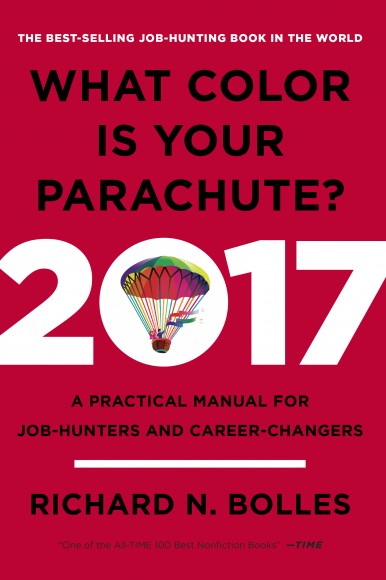Google Is Your New Resume

Almost all (91 percent) of US employers have visited a job-hunter’s profile on social networks, and more than 69 percent of employers have rejected some applicants on the basis of what they found. Things that can get you rejected: bad grammar or gross misspelling on your Facebook or LinkedIn profile; anything indicating you lied on your resume; any badmouthing of previous employers; any signs of racism, prejudice, or screwy opinions about stuff; anything indicating alcohol or drug abuse; and any – to put it delicately – inappropriate content, etc.
What is sometimes forgotten is that this works both ways. Sometimes – 68 percent of the time, as it turns out – an employer will offer someone a job because they liked what Google turned up about them.
Is there anything you can do about this new Google resume of yours? Well, yes, actually, there are four things you can do:
1. Edit
First of all, think of how you would like to come across when you are being considered for a job. Make a list of adjectives you’d like the employer to think of when they consider hiring you. For example, how about: professional? Experienced? Inventive? Hard-working? Disciplined? Honest? Trustworthy? Kind? What else? Make a list.
Then Google yourself and read over everything the search engine pulls up about you. Go over any pages you have put up on social sites like Facebook, LinkedIn, Twitter, Instagram, Pinterest, or YouTube, and remove anything you posted there, or allowed others to post, that contradicts the impression you would like to make – anything that might cause a would-be employer to think, “Uh, let’s not call them in after all.”
2. Fill In
On any site – but on LinkedIn, Twitter, and Plaxo in particular – if they allow you to fill out a profile, fill it out completely: cross every t, dot every i, and have someone check your spelling. Leave no part of the profile blank unless you have a very good reason.
Most importantly, be sure to keep each profile up to date. Really up to date. Week by week, or at the least, month by month. There is nothing that makes you look less professional than having an obviously outdated profile.
3. Expand

– Forums: Professional sites like LinkedIn have forums, or groups, organized by subject matter. Other social networking sites, like Facebook, have pages devoted to particular subjects. Look through the directory of those groups or forums, choose one or two that are related to your industry or interests, and after signing up, speak up regularly whenever you have something to say that will quietly demonstrate you are an expert in your chosen subject area. Otherwise, keep quiet.
– Blogs: Start a blog, if you don’t already have one. It doesn’t matter what your expertise is; if it’s related to the job you are looking for, do a blog, and update it regularly.
– Twitter: 23 percent of US adults use Twitter. Savvy employers know how to do Twitter searches on Google. All you have to figure out is which hashtags employers are likely to look for when they want to find someone with your expertise and experience.
– Videos:Presentation is moving strongly these days toward the visual. People like to seeyou, not just readyou.
4. Add
It will take any employer or HR department some time to sift through all the stuff about you that may appear when they do a Google search. You would help them by summarizing and organizing the pertinent information about yourself. You do this by – surprise! – composing an old-type resume. And you can post it on the internet (where Google will find it), as well as taking or sending it to an interested employer.
This has been adapted fromWhat Color Is Your Parachute? 2017 by Richard N. Bolles, copyright (c) 2016. Published by Ten Speed Press, a division of Penguin Random House, Inc.
Richard N. Bolles has led the job-search field for more than 40 years. A member of Mensa and the Society for Human Resource Management, he has been the keynote speaker at hundreds of conferences. Bolles holds a bachelor’s degree cum laude in physics from Harvard University, a master’s degree from General Theological (Episcopal) Seminary in New York City, and three honorary doctorates.

